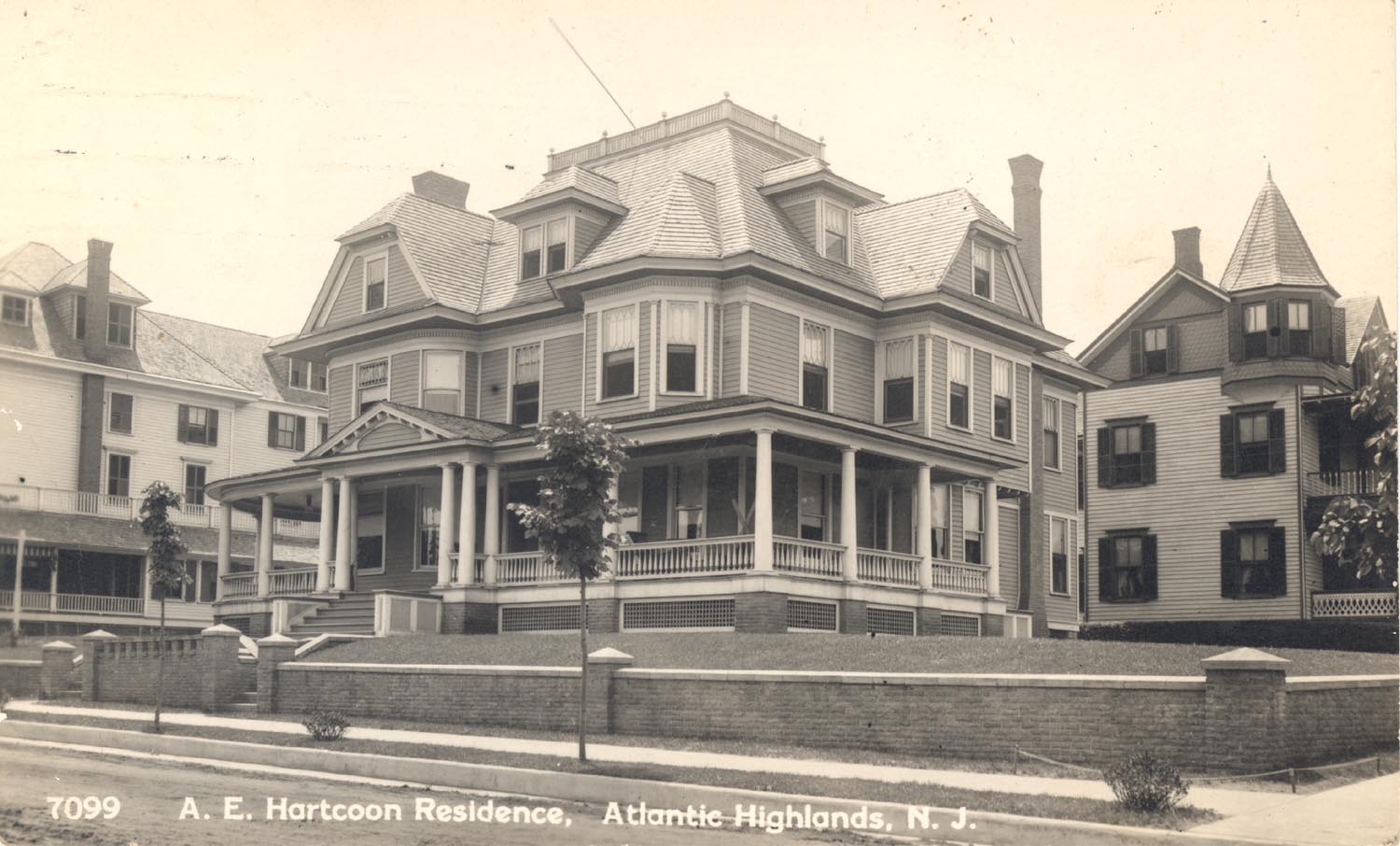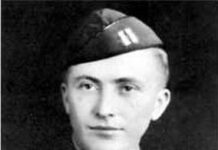What a difference a century makes… Or almost a century.
In 1930, 92 years ago, Mayor John Snedeker and the governing body of Atlantic Highlands approved the zoning ordinance…singular…for the borough and Borough Clerk Ruby Hartcorn attested to its accuracy and completeness.
Compiled in a booklet available to the public at the time, the entire zoning code for the borough in 1930 was included in 16 pages in a booklet that measures 3 inches by four inches in size, scarcely the front and back of two standard size pieces of typing paper.
Today’s zoning ordinance for the borough is included in a code book as well. But this one is roughly an inch in thickness made up of those same size typewriter pages, written on both sides. And that’s only half of it … The other half is yet another book of roughly the same size, which includes the zoning development regulations.
While this week the borough is conducting a public hearing with the possibility of amending the zoning ordinance to allow for certain cannabis businesses in specific places in town, it is fascinating reading about what was important in 1930 for zoning in Atlantic Highlands.
The first two pages give all the definitions for words used in the ordinance; things like lot depth, front and rear yards, corner and interior lots, and lots in general A lot is described as “a parcel of land, the location, dimensions, and boundaries of which are determined by the latest official record.” It also describes a family as “any number of individuals living together as a single housekeeping unit and using certain rooms and housekeeping facilities in common.”
The ordinance then spells out its purpose in establishing zones: for the purpose of lessening congestion in the streets; of securing safety from fire, panic and other dangers; for promoting health, morals and the general welfare, for preventing the overcrowding of land and buildings, and for the purpose of conserving the value of property and encouraging the most appropriate use of land throughout the municipality, all of which, the officials said, could be accomplished by establishing two zones … a residential zone and a business zone.
Each of these Zones was delineated carefully in the code, and had its own restrictions. For example, while hotels, boarding and rooming houses were permitted in the residential zone, together with churches, schools, some clubs and libraries, doctors, dentists artists, musicians, engineers, dressmakers, surveyors or lawyers could only have their business in the residential zone if it were part of their private dwelling. Parks and playgrounds were allowed, but clubs whose primary activity was conducting a business were not allowed.
Neither were correctional institutions or asylums for the insane.
The business zone specifically would not accept specific types of business; in fact, no fewer than 58 different types of business, each spelled out in detail, was not permitted within the confines of the borough of Atlantic Highlands. There would be no automobile junk yard or carousel anyplace in town, the ordinance said. Nor would there be any merry-go-rounds, whirligigs, Ferris wheels roller coasters “or similar devices.”
And nothing with less than perfect aromas would ever be allowed. These included plants for the rendering or refining of grease, lard, fat or tallow, fertilizer, pains, oil, varnish, turpentine or enamel manufacturing, or coke ovens. Neither creosote treatment nor its manufacture would be allowed.
Nor should the residents of the borough ever have a business here that created a dangerous situation, things like disinfectant, insecticide or poison manufacturing, distillation of any coal petroleum, grain, wood or bones, except in the manufacture of gas. There would be no petroleum manufacturing or storage here of more than 10,000 gallons. Even printers ink could not be manufactured in Atlantic Highlands.
There could be no business of slaughtering animals or stock yards, or even a livery or a stable. And anything to do with the manufacture of tobacco, tar, vinegar or yeast were definite no-no’s in Atlantic Highlands business districts.
The zoning ordinance also established a zoning board of adjustment, with all five members being appointed by the Mayor and council. Their duties were spelled out in the state law of 1928. A Certificate of Occupancy would be required for all uses, additions to residential buildings and it had to be obtained within 10 days after the building inspector found the building or alterations to it were to his standard.
In the end it was the borough’s building inspector who was “empowered to order the remedying of any situation that failed to meet the standards of the code. Failure to follow his edicts could result in jail time of up to 30 days as well as a fine of $200, not once, but “for every day that a violation is permitted to exist.”



